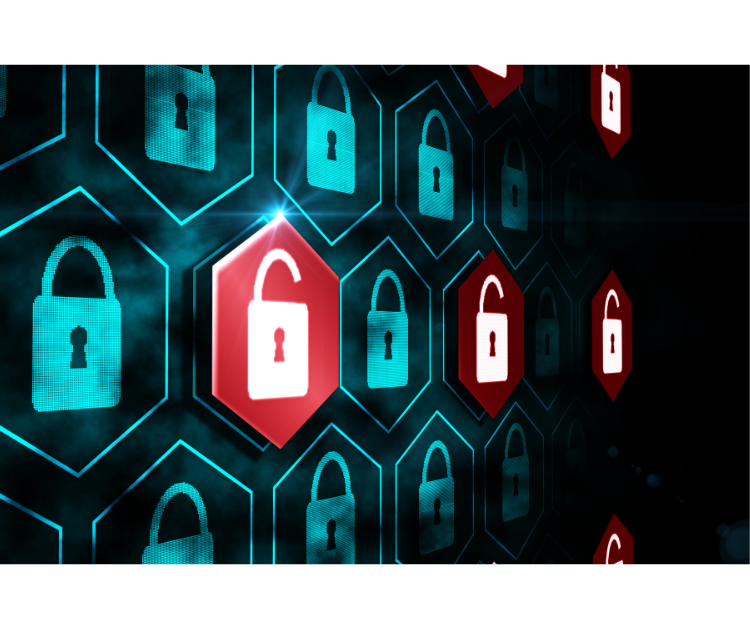Company town halls, or all-staff meetings, have been a staple of business life for years. And during quarantine, many organizations began hosting virtual events to keep the lines of communication between leadership and staff open and strong.
Now that many are moving toward hybrid events, with some staff returning to the office and others staying remote, it’s important to take another look at how your town halls are structured and the technology you’re using to run them.
Intellor has been helping enterprise organizations, NGO’s and government agencies put on successful hybrid meetings since well before they became more commonplace by necessity. We’ve advised countless teams on how to optimize the meeting experiences for both in-person and remote participants.
Here are some top tips for making your next hybrid company town hall the best it can be.
Best practices for company town hall meetings
- Take the time to plan a well-organized agenda. Set specific times for each presenter to speak, and have a team activity scheduled between each presentation to keep both the employees in the room and those joining remotely engaged and alert. This can be something as simple as a poll, celebrating staff anniversaries and/or birthdays, or sharing a slide show of themed pictures submitted by staff.
- Understand that not everyone is comfortable speaking live. If the best person to speak on a specific topic isn’t happy doing so live, consider letting them record their presentation and be available to answer questions when the company town hall convenes.
- Plan for audience participation just as much as you plan your presentation. Decide how you wish to capture feedback during the meeting and assign staff to monitor comments and the phone lines. Create frequent breaks in the presentation for reactions and questions from staff. Have a few questions prepared ahead of time to fill the time if no attendees have yet to contribute their thoughts.
- Thoroughly check all audio devices, including any microphones being used in the room and the phone connections of remote speakers, prior to the company town hall. Try to avoid using a polycom or speaker phone which can often make presenters sound distant. If questions are to be taken from the live audience, make sure there’s a separate microphone for their use.
- Plan how the presentation and speakers will be displayed both in the room and remotely. Make sure you’re capturing the live presenters so remote attendees can see them clearly, and consider having a separate camera focused on the audience so their remote colleagues can see them during Q&A. Having two screens in the room – one for any remote speakers and the other for the presentation – can make it easier for the in-room audience to see and give equal weight to all speakers.
- Remote attendees and in-office staff unable to leave their workstations should have flexible options to connect to the meeting. Make sure the platform you select will work across multiple devices and allow phone-only access in addition to connecting by computer.
- If you expect to be covering sensitive topics in your company town hall, try to use a chat or survey application that allows for anonymous comments and questions. Ideally, the app will let participants upvote their favorite remarks so those that are important to most of your staff can be addressed first.
- Consider having someone who isn’t on the leadership team moderate the event. It can help keep the company town hall from feeling like a top-down recitation of information and more like something everyone should be involved in. Introduce each speaker, keep track of incoming questions and run any surveys or team building exercises between presentations, and work behind the scenes in chat to encourage participation.
- Having an event producer or technical facilitator on hand can keep everything running smoothly and reduce the workload/stress on the presenters. They can work with the host to moderate comments, including anyone who joined over the phone, and provide technical assistance to remote staff. They are also invaluable for meeting setup, helping to test equipment and audio quality, and make sure presentations are displayed correctly.
- Once the meeting ends, send a brief recap to all staff, thanking those who attended and including a copy of the slides, a log of all questions and answers, and a link to the recording. Ask for feedback on the company town hall and get ideas from staff on what topics they’d like covered in the next meeting.



